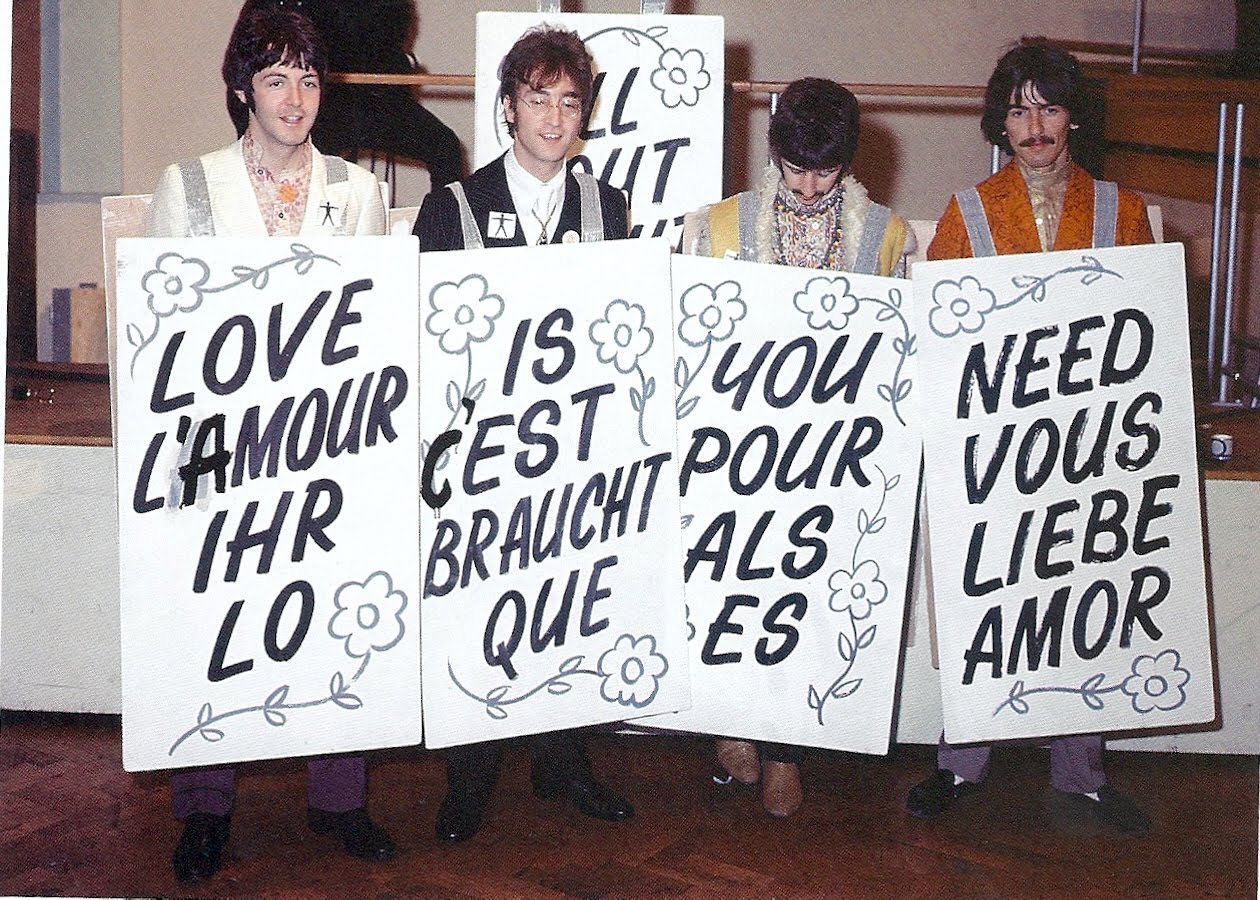The Beatles on June 30th,1967 relax at 'Abbey Road' studios during the Sgt Pepper era
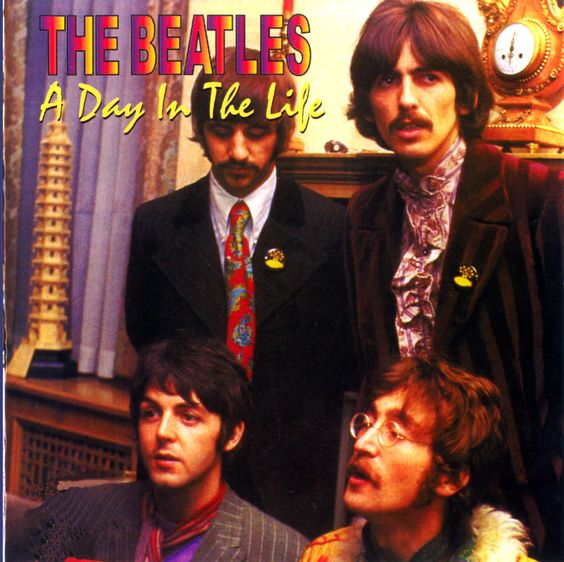
The Beatles on June 30th,1967 relax at 'Abbey Road' studios during the Sgt Pepper era

Julian’s Room
June 29, 1967 - Julian Lennon, age 4, posing with his dad in his colorful bedroom at Kenwood along with his famous Panda (from several other photo shoots over the years) and a giant Koala. Photo by Leslie Bryce from the big Beatles’ Monthly Book photo shoot.
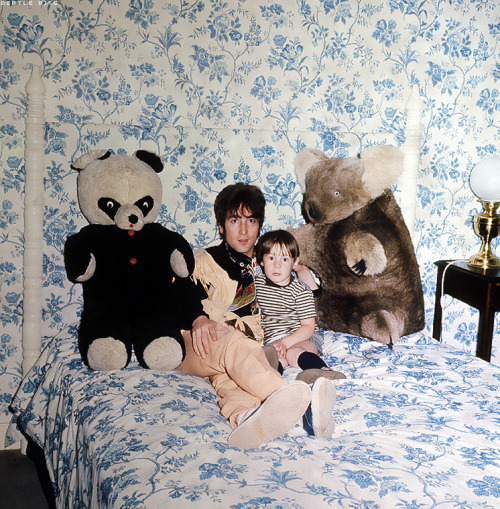
George Harrison received a £6 fine on this day for breaking the speed limit in his black Mini Cooper car.
He had been caught speeding in Roehampton Lane, Putney, London. The fine was issued in the city's South Western Court.
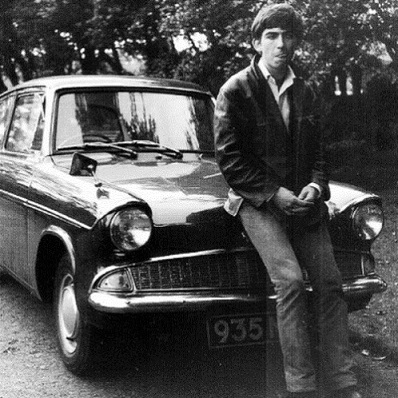
Studio Two, EMI Studios in London
A 4:00 to 8:00 pm session which saw the overdubbing of a snare drum roll by Ringo for the opening of "All You Need Is Love" followed by final mono mixing. Backed with "Baby, You're a Rich Man", the song was issued as a single in Britain on Friday, July 7, 1967.
Here and elsewhere, it cruised effortlessly to Number One. With the Our World promotion, it could hardly have failed. The release of "All You Need Is Love" occurred just five weeks after the issue of the LP Sgt. Pepper and yet the single did not appear on the album. Nor were any of the album's songs issued as singles. Such a quality and quantity of output was the understandable envy of all the Beatles' contemporaries.
Source: The Complete Beatles Chronicle - Mark Lewisohn
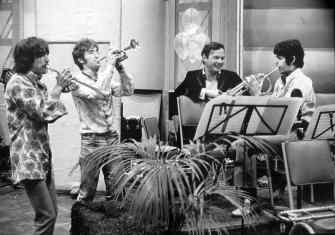
With seemingly unstoppable momentum during the summer of 1967, on May 18th, The Beatles signed a contract to represent the BBC, and Britain, on Our World, the world's first live television satellite link-up to be seen by approximately 400 million people across five continents.
The Beatles' appearance was announced four days later, on May 22nd, John Lennon wrote the song All You Need Is Love especially for the occasion, to the brief given by the BBC: it had to be simple so that viewers around the world would understand it.
"We were big enough to command an audience of that size, and it was for love. It was for love and bloody peace. It was a fabulous time. I even get excited now when I realise that's what it was for: peace and love, people putting flowers in guns." (Ringo Starr)
Our World took place on June 25, 1967. Between the announcement and the broadcast date, The Beatles recorded the rhythm track and some basic vocals.
The satellite link-up was devised by the BBC, which took the idea to the European Broadcasting Union in 1966. The project editor was BBC executive Aubrey Singer. Personalities, including Maria Callas and Pablo Picasso, from 19 nations performed in separate items from their respective countries. The event, which lasted two-and-a-half hours, had the largest television audience to date.
No politicians or heads of state were allowed to take part in the broadcast, and no pre-recorded videotape or film was allowed. Around 10,000 technicians, producers and translators helped make the event happen; each country had its own announcers, with translators narrating where necessary.
For the first time ever, linking five continents and bringing man face to face with mankind, in places as far apart as Canberra and Cape Kennedy, Moscow and Montreal, Samarkand and Söderfors, Takamatsu and Tunis.
National broadcasting companies from 14 countries provided material for the 125-minute programme, which was shown in black-and-white. The organizations involved were: Australia (ABC), Austria (ORF), Canada (CBC), Denmark (DZR), France (ORTF), Italy (RAI), Japan (NHK), Mexico (TS Mexicana), Spain (TVE), Sweden (SRT), Tunisia (RTT), United Kingdom (BBC), USA (NET) and West Germany (ARD), and the programme was also shown - without contributing their own content - in Belgium, Bulgaria, Finland, Ireland, Luxembourg, Monaco, the Netherlands, Norway, Portugal and Switzerland.
In the week before broadcast, seven Eastern bloc countries - led by the Soviet Union - pulled out, apparently in protest to the Western nations' response to the Six Day War.
The Beatles' day began at 2pm with a camera rehearsal in EMI's Studio One. An outside broadcast van was situated in the studio car park, which relayed the signal around the world via the Intelsat I (Early Bird), Intelsat II (Lana Bird) and ATS-1 satellites.
For the live performance, which took place at 9.36pm GMT, The Beatles played along to their pre-recorded backing track. The vocals, bass guitar, guitar solo, drums and 13-piece orchestra were live. To reduce the chances of on-air errors, the event was carefully arranged, although care was taken to make it seem spontaneous.
The televised sequence of events seem a little corny now and studio tapes reveal the considerable rehearsal time which went into the "spontaneous" performance. Using material taped from 5:00 pm up to the actual live sequence, Steve Race introduced the Beatles playing and singing the basic song, the cameras then cut out to the control room where George Martin suggested it was time to bring the orchestra, the musicians filed in, and Mal Evans got into the picture by collecting empty tea cups.

Now just one day from The Big Event, the Beatles and EMI threw open the usually closed Abbey Road studio doors to more than a hundred journalists and photographers for a press-call that took up most of the late-morning. Between 2:00 and 4:00 pm there was a BBC camera rehearsal for the Beatles and their 13 plus conductor, and then between 5:00 and 8:00 pm everyone settled down to tape overdubs onto the "All You Need Is Love" rhythm track, made especially important by a new decision to swiftly issue "All You Need Is Love" as a single after the worldwide television broadcast.
Source: The Complete Beatles Chronicle - Mark Lewisohn
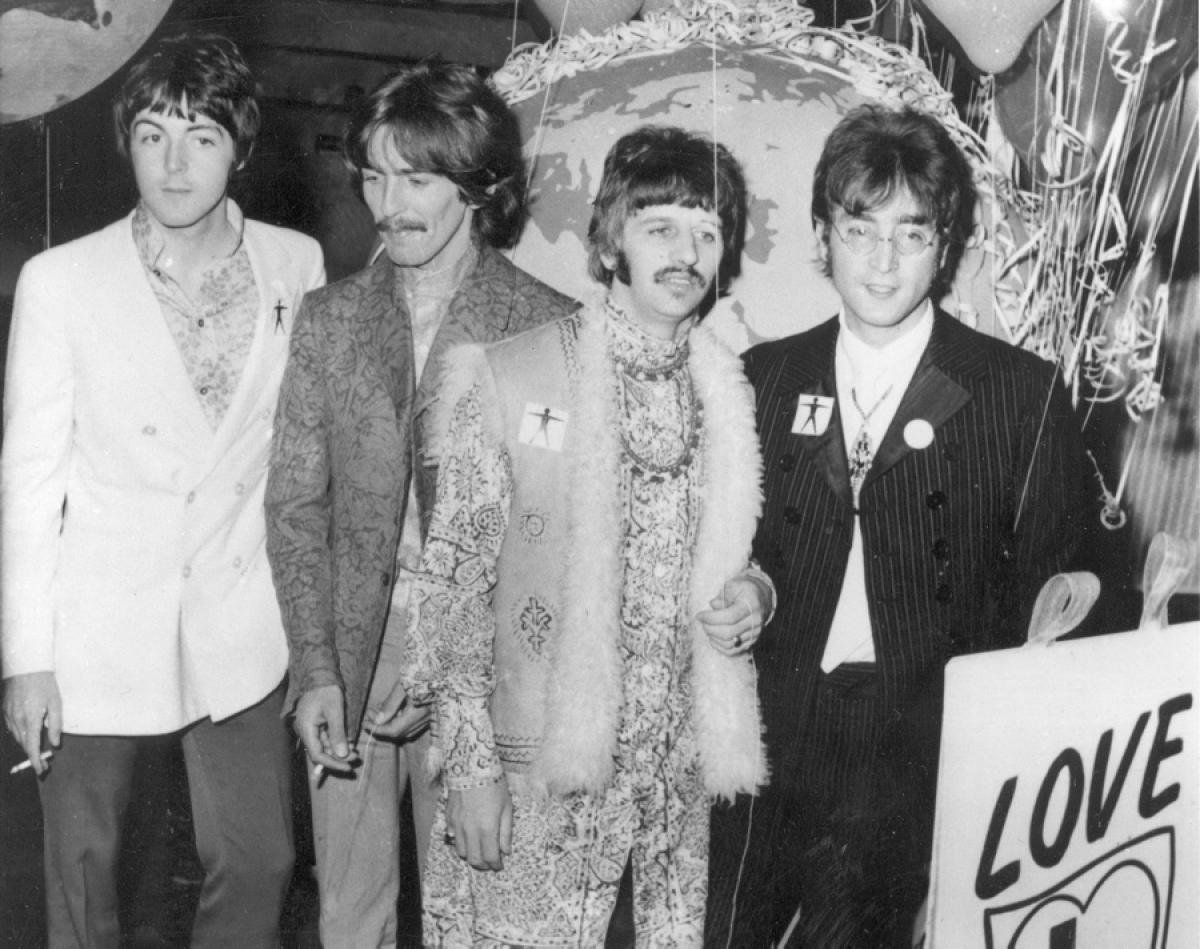
Studio Three, EMI Studios in London
Enter the orchestra for the first time in the "All You Need Is Love" story, recording a number of takes as overdubs onto a reduction of take ten in this 8:00 to 11:00 pm session.
John Lennon walking out of EMI Studios, in London (see below) after the first recording of All You Need Is Love. The song would be globally broadcasted by satellite two days later for Our World, the first live global television link .
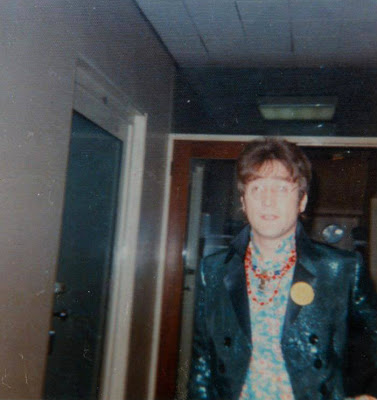
The New Yorker, June 24, 1967 P. 22 - By Lillian Ross
Talk story about the Beatles' thirteenth and latest (June, 1967) record album, "Sgt. Pepper's Lonely Hearts Club Band," which has sold 1,200,000 copies to date, with 95,000 more in back orders. John, Paul, George, and Ringo appear in old-timey band costumes amongst the faces of many other artists on the cover. On this record, the Beatles (with Paul singing most of the solos) create the effect of a live show. Mentions songs on the new album and lists previous Beatles' albums. There was a slump in the Beatles' popularity about a year ago. Now "Sgt. Pepper" is out and it's a big success. WMCA disc jockey Joe O'Brien was the first to play it on the air. O'Brien said listeners are unprepared because this album is not a teen-age album, but a terribly intellectural one. The college students are now the hard-core Beatles fans. This album is really a cantata. Teen-agers don't want that. Murray-the-K said the album is positive proof of the Beatles' musical maturity. The reporter spoke to people buying the album at Sam Goody's and at the Colony Record Center. There Lawrence LeFevre lectured about the album: In musical substance, "Sgt. Pepper" is a bigger step forward, from a musical point of view, than "Revolver." New and interesting musical structures appear in combinations of rhythms, chord progressions, instrumentations, and maintaining the flow of melody. This album is a whole, little world created by the Beatles. The Beatles, like Duke Ellington, are unclassifiable musicians.
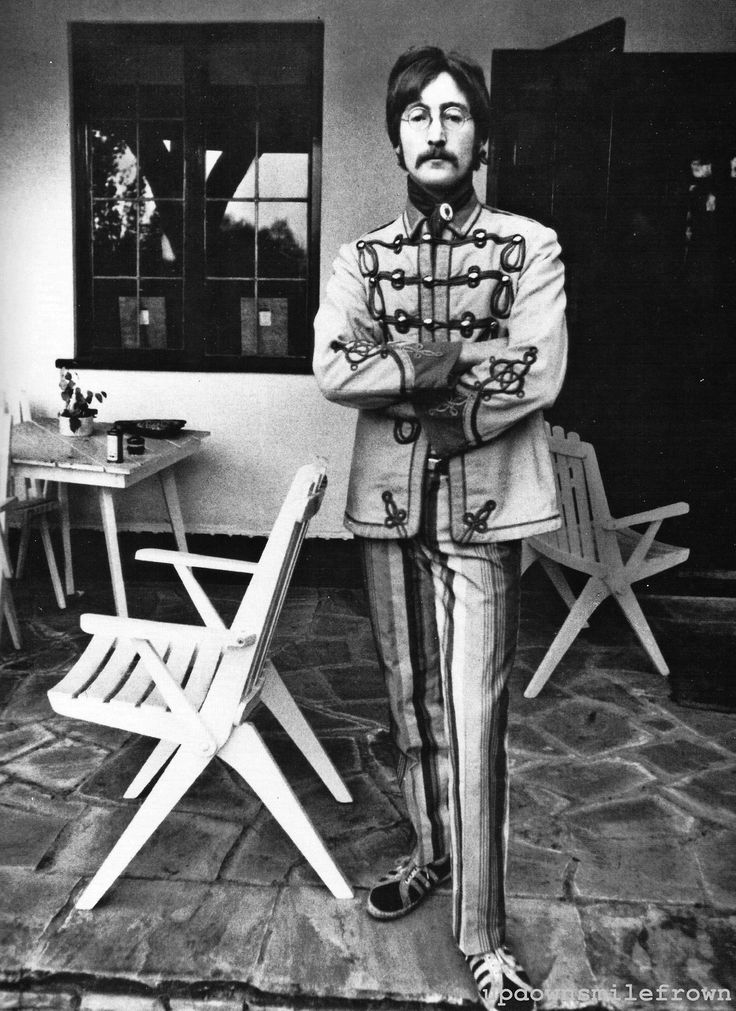
Studio Three, EMI Studios, London
From 4:30-5:00 pm, in Room 53, without the Beatles in attendence, "All You Need Is Love" was mixed into mono. Between 7:00 and 11:30 pm, the job was done again, this time with the Beatles on hand. An acetate pressing of this latter mix was given to Derek Burrell-Davis, director of the BBC outside broadcast team for June 25th.
Note: A studio two session booked for the evening of June 22nd did not take place.
Source: The Complete Beatles Chronicles - Mark Lewisohn
